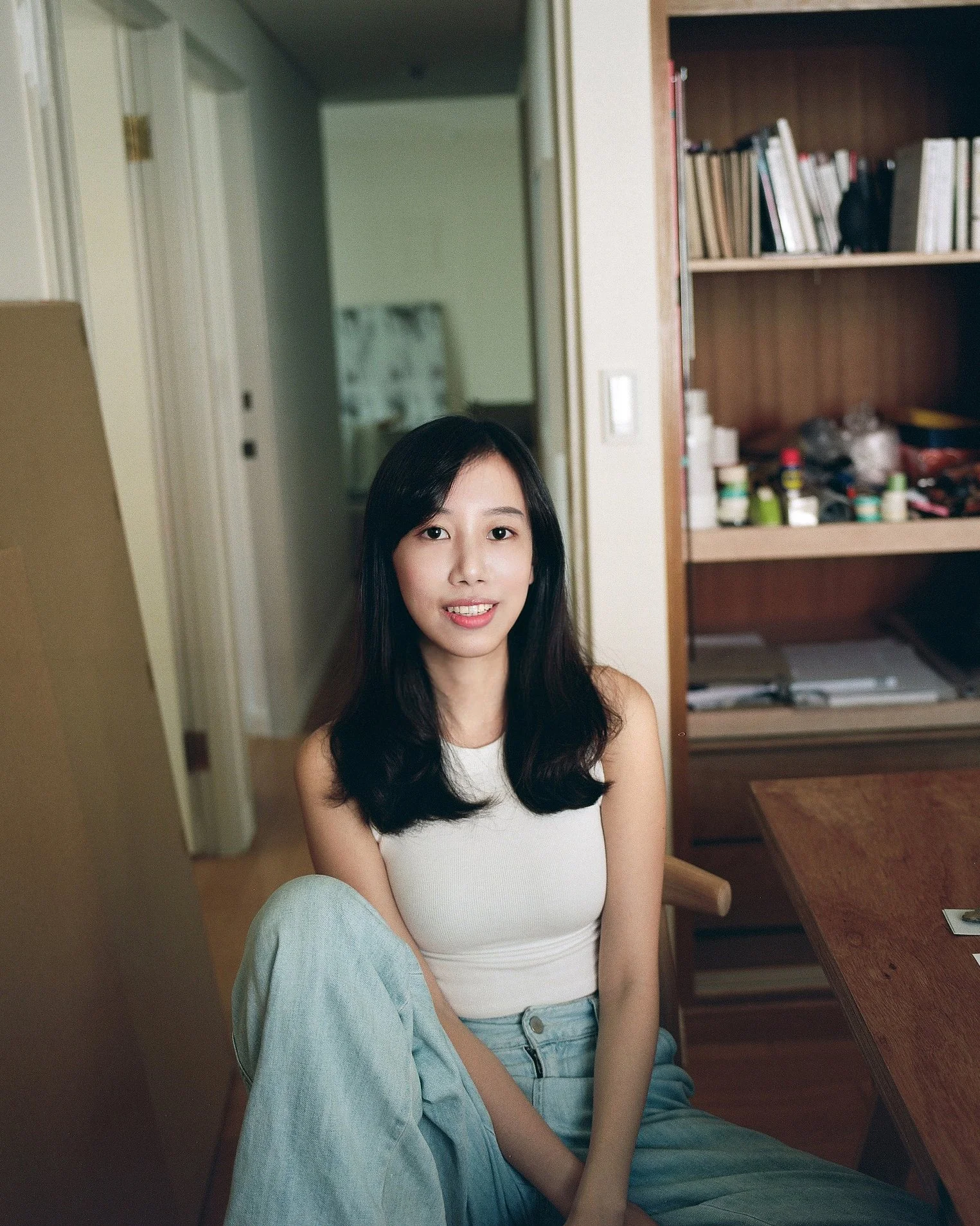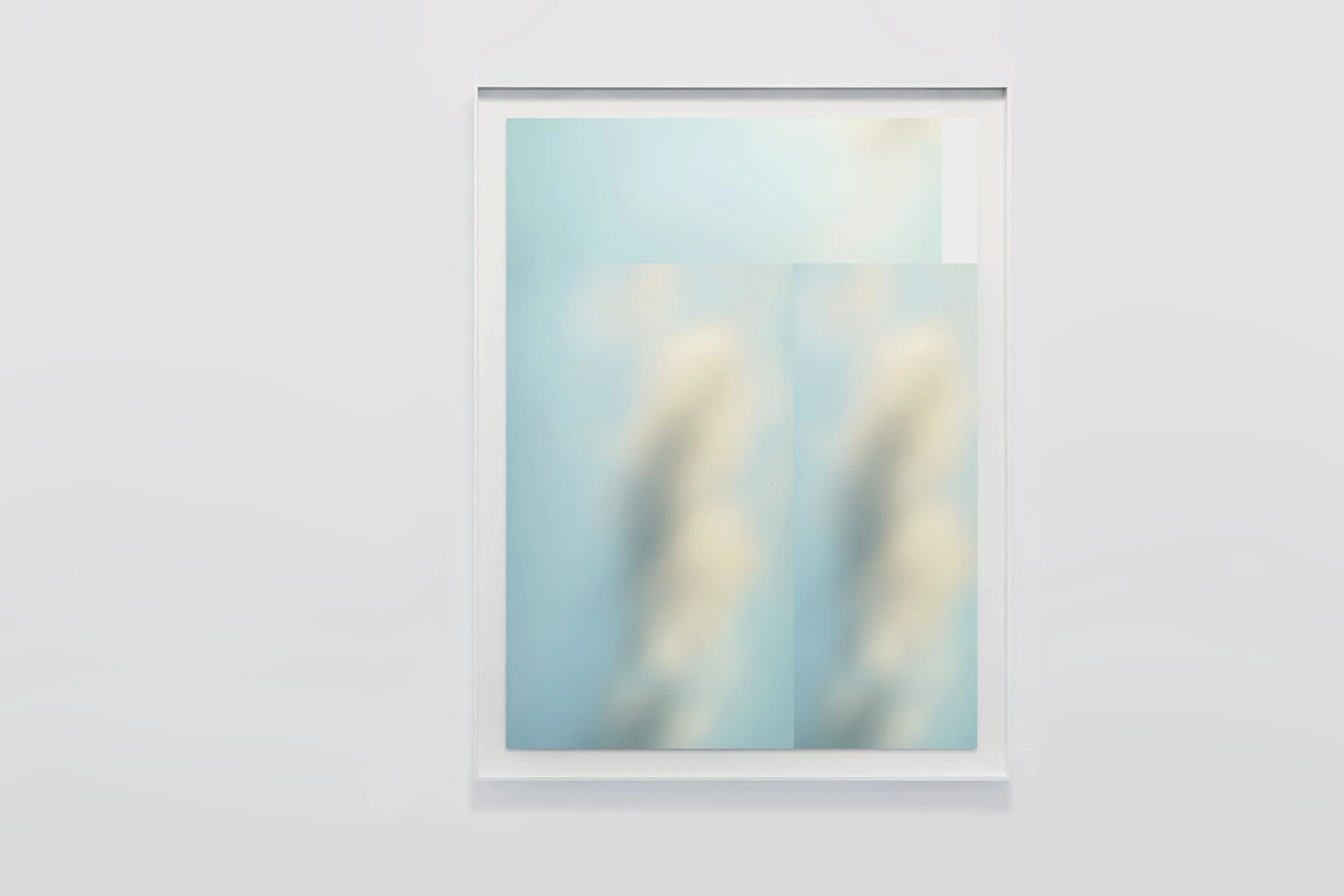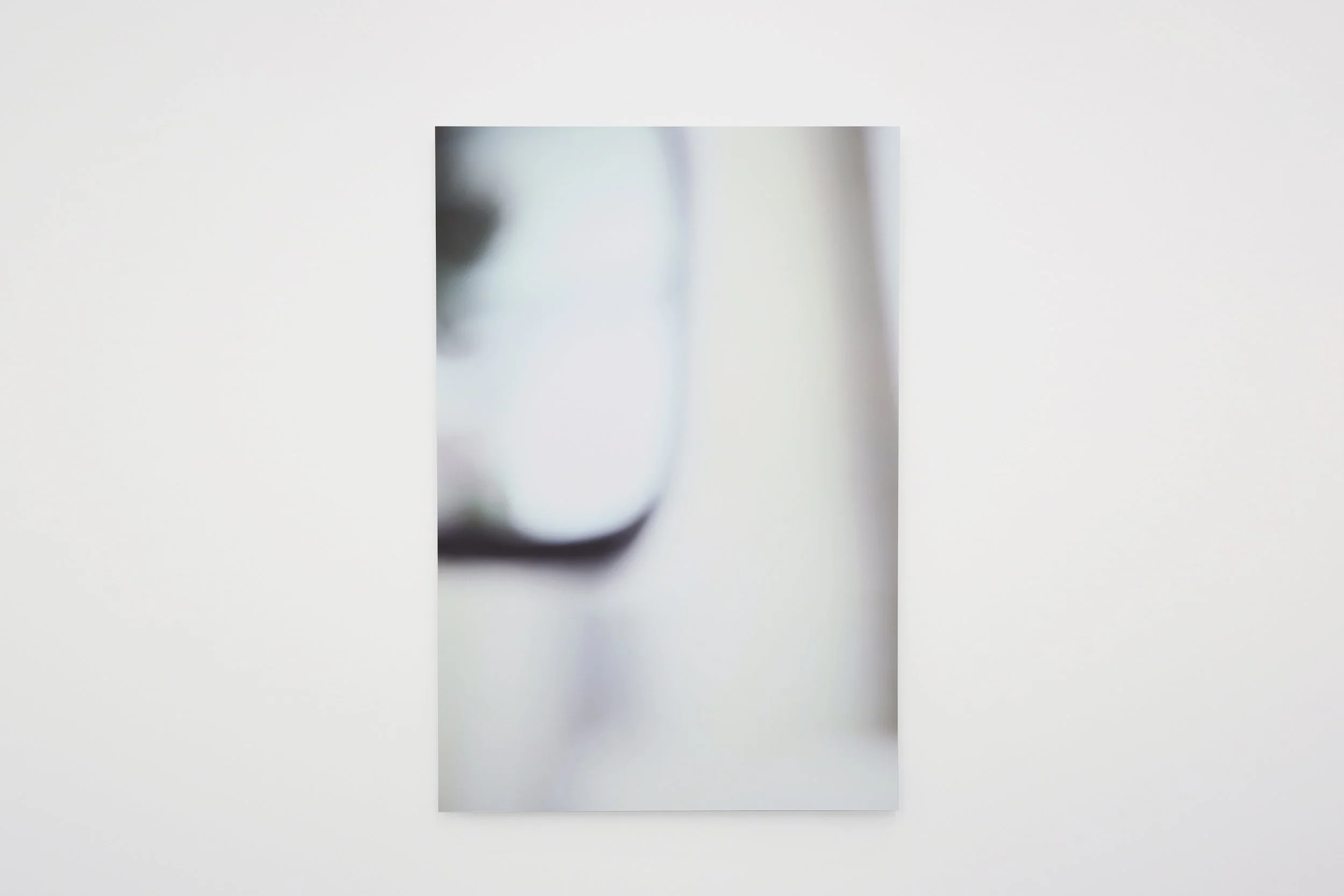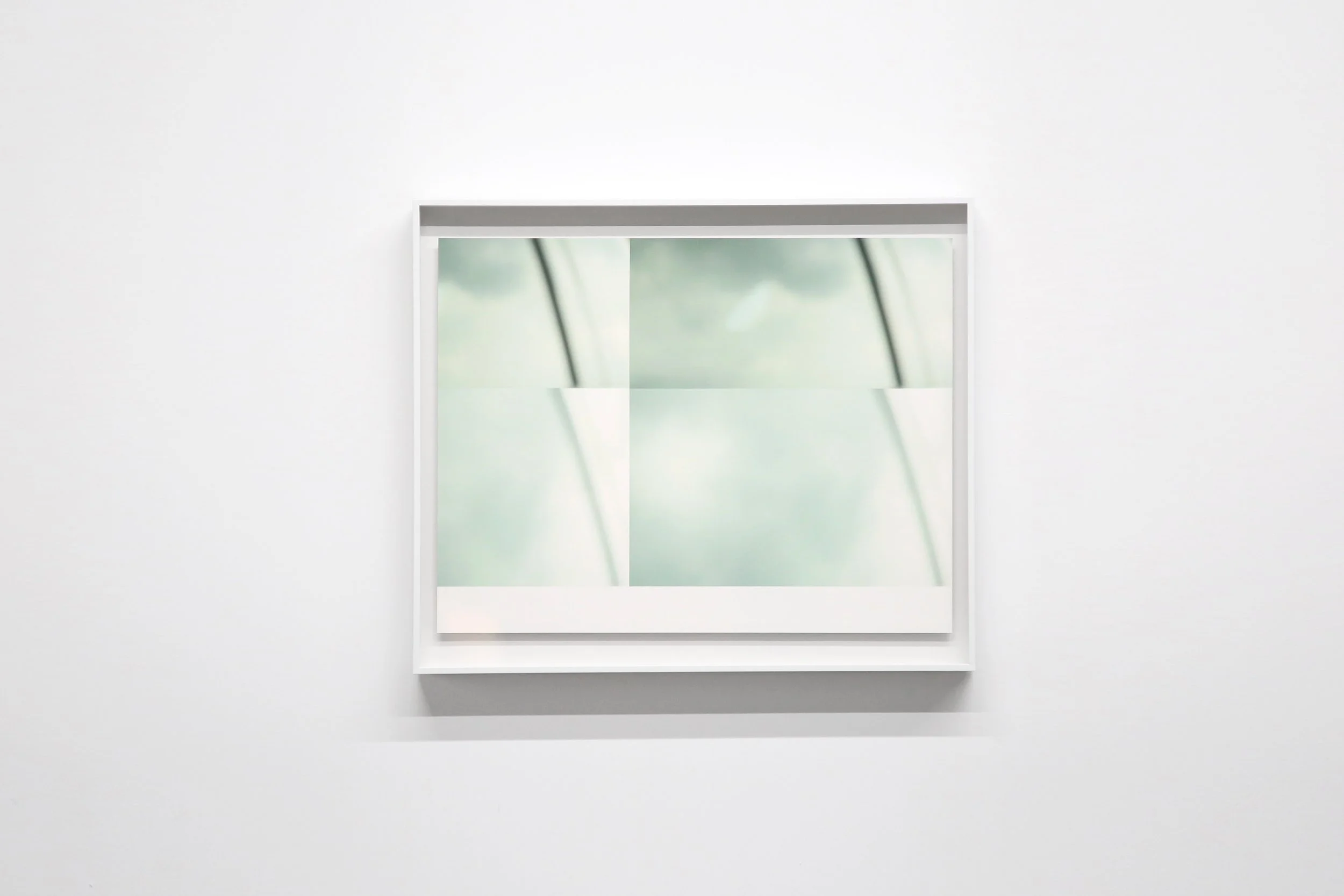An Interview With Hsu Ting
Hsu Ting uses photography as her foundation, expanding into mixed media and spatial installations. She captures light and shadow to transcend fleeting moments, blurring the lines of distance, time, and place in her abstracted daily life scenes. Ting's work offers a perceptual experience that dances between images and reality, always foregrounding the viewer's sensory engagement.
Can you tell us a little bit about you?
I’m from Taiwan. After earning my MFA in London, I continued my artistic development with a six-month residency in Berlin and I’m now currently based in my hometown, Taipei, where I live and work. My practice has always been grounded in photography, but over time it has expanded into various forms—including print, mixed media, sculptural installations, and landscape art. In addition to exhibitions in museums and galleries, I’ve also realized several public art projects. Working within a constantly evolving creative context, I often reflect on the question: what kind of truth does photography actually capture? For me, photography has become more than a medium—it is a way of opening up creative thought, and over the years, it has grown into a conviction, a conduit through which I contemplate emotion and life.
You begin with photography as a foundation, then expand into mixed media and installation. What aspects of the photographic medium inspire you to extend it in this way?
Photography was the first medium that led me to explore art. The focus and contemplation involved in working with photography made me aware of many questions about life, and that’s what drew me to it. For example, how do we perceive the environment we inhabit, transform it, and form our own perspectives? These questions exist in everyone’s life. Unlike painting, which begins with a blank canvas, photography is a medium that records the external world while subtly expressing the internal. In fact, what appears to be the outside world may often be a projection of the inner self. This is why my relationship with the subject I photograph becomes so important. The resulting image reveals how I love what is before me, how I position myself in relation to it, and how I later come to understand the experience. These reflections are also embedded in the way I approach landscape installations. Outdoor works exist within spaces of everyday life—once the work becomes part of the scenery, everything beyond the work becomes part of the image. For those who follow my work closely, it may be clear that I don’t limit my expression to the direct presentation of photographs. In recent projects, I’ve become increasingly engaged with other modes of exploration—such as hand-drawn sketches, scale models, and writing. Within my practice, photography has come to function more as a viewpoint or a form of visual memory. I hope it exists in a more fluid state, not as a constraint of medium but as an opening—where the presence of image is recognized not through traditional forms, but through diverse perspectives.
Your photographs often depict daily life, which you then abstract. What is the process behind this transformation, and what do you hope to convey through it?
I often use a macro or close-up lens to enlarge and deconstruct what I see. This way of looking gives me a sense of liberation. The lens allows me to interpret the environment from perspectives that I usually overlook or cannot access. What may appear abstract is, in fact, only abstract in relation to what we conventionally perceive as concrete. Sometimes I crop the image after shooting, selecting only a portion of the frame to present—such as a patch of light or a segment of sky. This act of reduction becomes a kind of gaze. In the image, what remains may be nothing more than pure color or motion. To me, it feels like capturing a portrait of a particular moment in time.
Light and shadow play a significant role in your photography. How do you utilize these elements to create emotional resonance within your images?
Light and shadow carry a strong emotional charge. They evoke our sense of time and remind us of the depth and structure of space. On a spiritual level, light represents the places where awareness is quietly illuminated. In my work, light takes many forms—such as the lighting within an exhibition space, or the contrast between photographic negatives and positives. I often imagine the visual relationships between these forms and their varying intensities. At the same time, the work itself becomes a source of light in the space. Its placement creates different possibilities for how viewers perceive and navigate the environment.
You aim to create a perceptual experience that blurs the boundaries between image and reality. How do you achieve this blurring effect within your installations?
Blur, to me, only exists in contrast to clarity. It is the gap between what we expect to be familiar and what feels slightly out of place. We perceive something as “blurred” because it resonates with what we think reality looks like—yet it diverges just enough to disrupt that certainty. I find this tension fascinating. In my two-dimensional works, I use techniques like long exposure or camera shake, contrasted with the sharp lines of negatives or the crispness of a cropped frame. In a recent series created in Berlin, I filmed the side mirrors of a moving vehicle, capturing the vanishing space between the lens and the mirrored reflection. In outdoor installations, blurred imagery is often set against sharply defined landscapes. Even between one work and another, I sense a rhythm of sharpness and haze—an alternation between focus and defocus. These methods may appear stylistic, but they hold a documentary intuition as well. A blurred image might be the result of post-production, but why couldn’t it also resemble the gaze of someone just waking up?
How does the specific architecture of a space influence your decisions when creating a site-specific installation?
Space plays a crucial role in my work. In many cases, I don’t begin constructing the structure of a piece until I’ve physically encountered the space. I start by understanding its conditions—both in terms of physical parameters and intuitive impressions, like the energy or creative potential it conveys. If the setting feels right, I begin taking photographs to get a sense of my narrative viewpoint. This perspective often becomes the foundation for how the work develops. The influence of viewpoint is especially strong—I enjoy introducing shifts in visual direction within an exhibition. In outdoor environments, this becomes even more pronounced. I observe the site from multiple angles—looking down, across, or up—and only once I’ve determined the viewing position do I begin placing the work into the space.
What are you currently exploring or experimenting with in your work? Are there any new directions you'd like to take your art in the future?
I’m interested in deepening my exploration within my existing creative trajectory. Recently, I’ve been particularly engaged with using small digital cameras and drawing extensively by hand. Through these processes, I’m continually discovering more precise connections between my two-dimensional and three-dimensional works. I’m also interested in expanding the visual language of my practice into interpretations that extend across architecture and landscape.
Are there any artists or movements that have particularly influenced your work?
I recently rewatched a documentary interview with Agnes Martin produced by Pace Gallery. I was deeply struck by something she once said: “Artists have too much faith in their ideas, and that ideas were the enemy of art.” The gap between intention and execution often turns out to be greater than we expect. In my own practice, I hope to fully embrace the present moment, to accept change as it comes, and to stay light and creative throughout the process.
What is your favourite book or film and why?
I love Luc Besson’s The Big Blue and the way it portrays the sea. Its soundtrack is also one of my favorites. The calm and intensity the protagonist experiences as he dives into the deep reminds me of the joy I feel when creating. The sea, to me, is both cruel and embracing. It becomes a vital source of nourishment for the protagonist’s life, forming a stark contrast with his romantic entanglements on land. These slow, solitary moments of self-dialogue feel much like being underwater—drifting, quiet, and alone.
Are you working on any projects you are particularly excited about?
Many of my recent projects revolve around the theme of healing, including museum exhibitions, public art, and educational programs. One of the most inspiring among them is a visual art workshop I’ll be leading for a group of hearing-impaired students. When I read through the records of how this course has been taught in the past, I was so moved that I cried. I’m certain this program is a gift—one from which I will learn more than I can teach. I’m also working on projects set in hospitals and residential spaces, and these experiences have prompted me to reflect more deeply on the role of art and what it means for art to truly exist in people’s lives.
Hsu Ting - Instagram
Hsu Ting - Website






